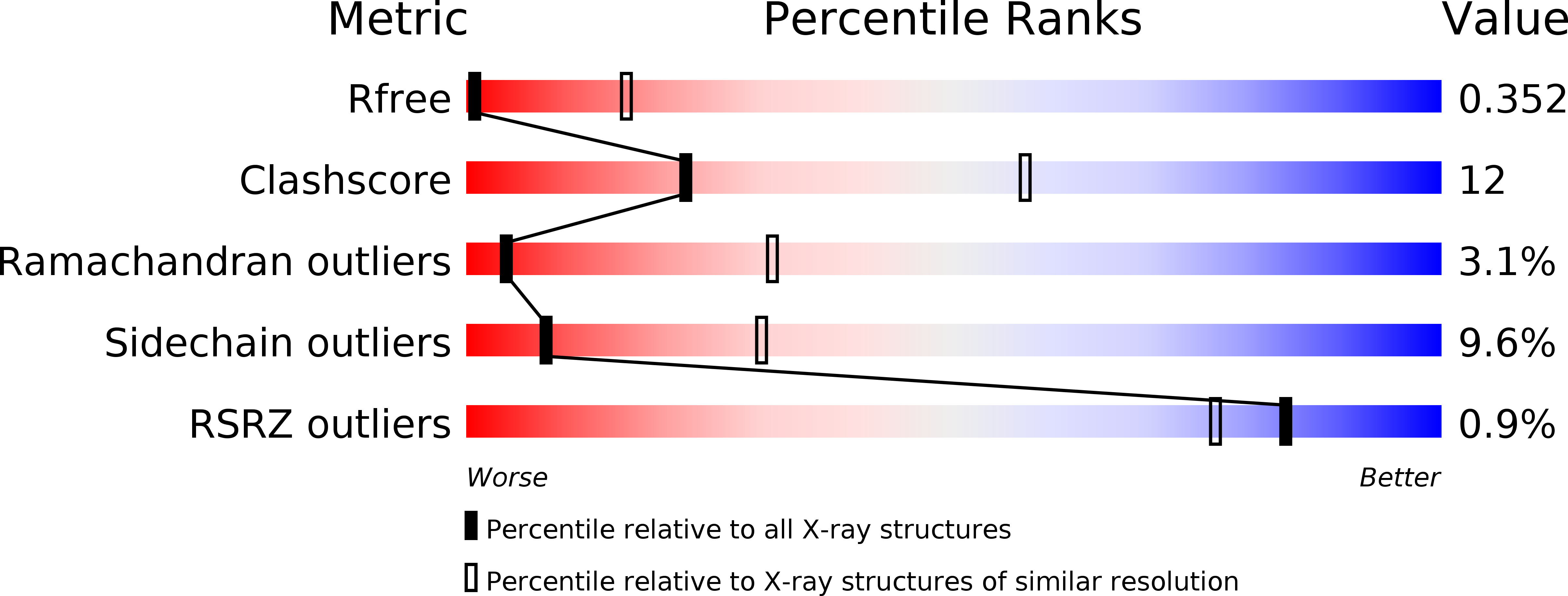
Deposition Date
2010-08-27
Release Date
2010-09-15
Last Version Date
2023-09-06
Method Details:
Experimental Method:
Resolution:
4.00 Å
R-Value Free:
0.36
R-Value Work:
0.27
R-Value Observed:
0.28
Space Group:
P 41 21 2


